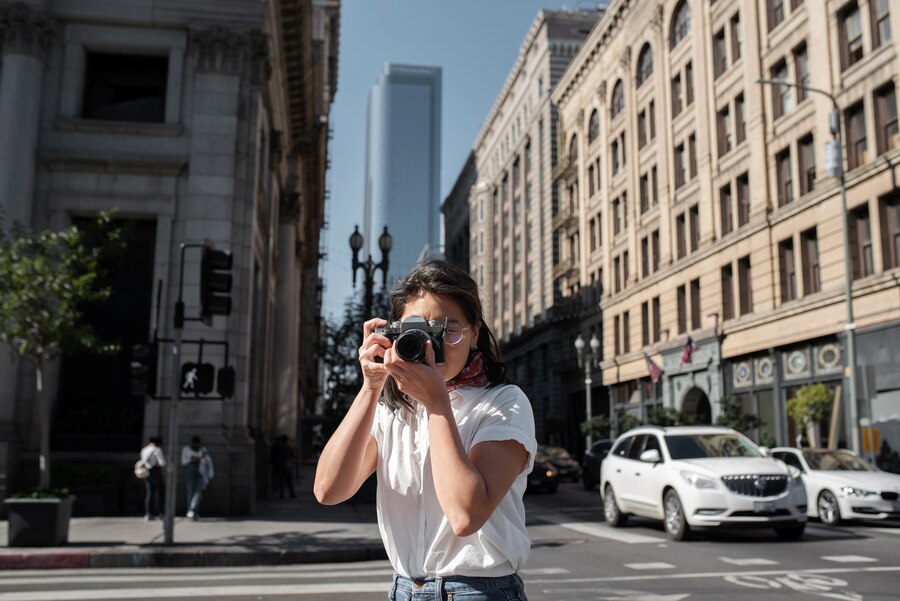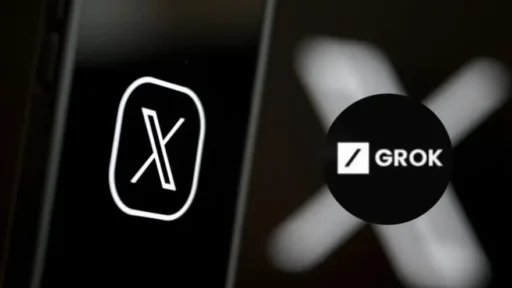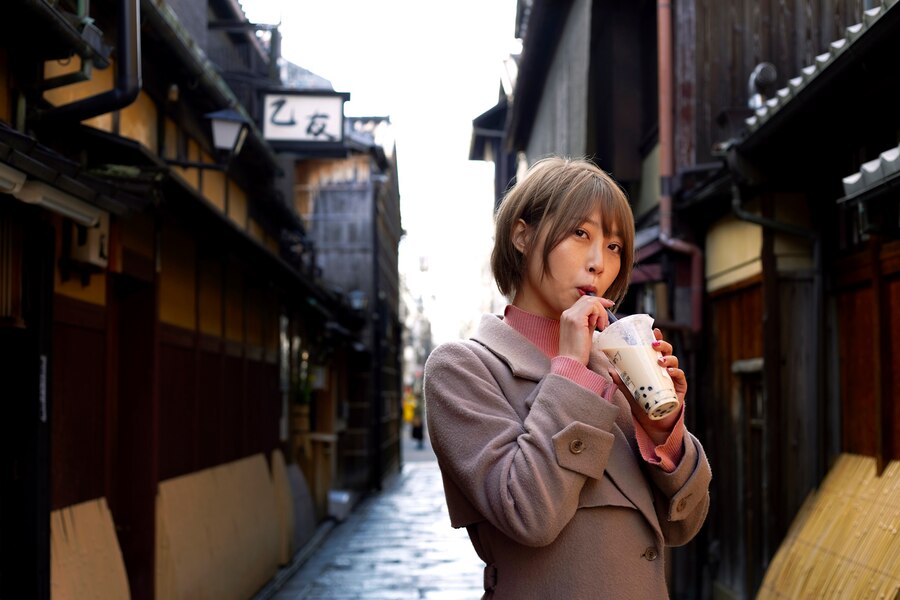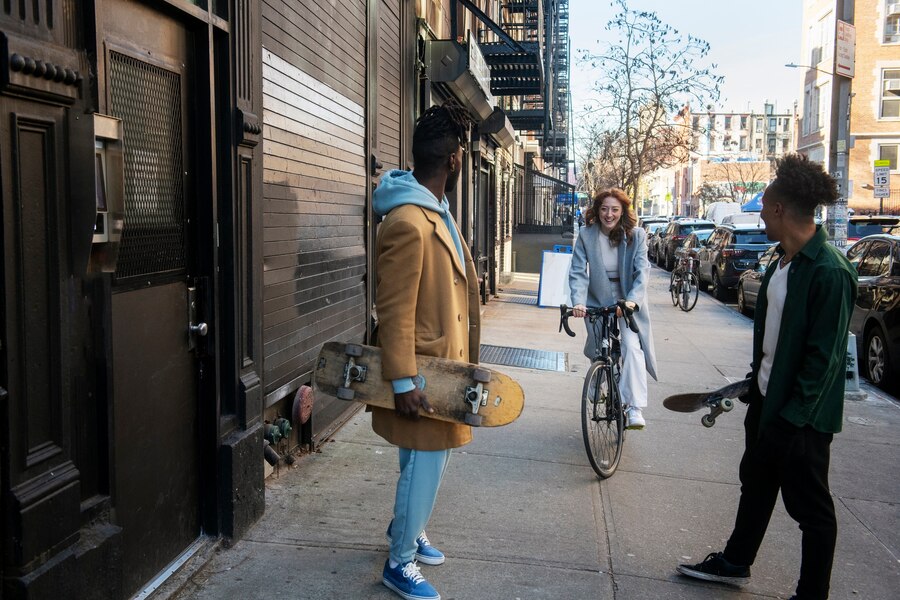Discover the art of capturing breathtaking urban landscapes through the lens of both amateur and professional photographers. From golden hour magic to night photography techniques, this comprehensive guide will elevate your cityscape photography skills.

Understanding the Urban Canvas: An Introduction to Cityscape Photography
The gleaming spires of Manhattan, the romantic rooftops of Paris, or the futuristic skyline of Shanghai – cityscapes have long captivated photographers and viewers alike. As someone who has spent countless hours exploring urban environments with my camera, I can attest that cityscape photography is both challenging and immensely rewarding.
Essential Equipment for Cityscape Photography
Before diving into techniques, let’s discuss the gear that can help you achieve stunning results:
- Camera Body
- Full-frame cameras offer excellent low-light performance
- Crop-sensor cameras can still produce amazing results
- Weather-sealed bodies are recommended for outdoor shoots
- Recommended Lenses
- Wide-angle lens (16-35mm)
- Standard zoom (24-70mm)
- Telephoto lens (70-200mm) for compressed cityscapes
- Essential Accessories
- Sturdy tripod with ball head
- Remote shutter release
- Neutral density filters
- Lens cleaning kit
Advanced Techniques for Compelling Cityscape Images
Finding the Perfect Vantage Point
The key to exceptional cityscape photography lies in location scouting. I recommend using tools like:
- The Photographer’s Ephemeris for sun/moon positioning
- Google Earth for virtual location scouting
- Local photography forums for insider tips
Mastering Light and Timing
Timing is crucial in cityscape photography. The best times to shoot are:
- Blue Hour
- 20-30 minutes after sunset
- Perfect balance between artificial and natural light
- Rich, deep blue skies
- Golden Hour
- First and last hour of sunlight
- Warm, directional light
- Long shadows and enhanced textures
- Night Photography
- Full darkness for dramatic artificial lighting
- Light trails from traffic
- Illuminated architecture
Post-Processing Techniques
Essential Editing Steps
- Basic Adjustments
- Exposure correction
- Contrast enhancement
- White balance refinement
- Advanced Processing
- Selective sharpening
- Noise reduction
- Perspective correction
Popular Software Options
- Adobe Lightroom Classic
- Capture One Pro
- DxO PhotoLab
- ON1 Photo RAW
Social Proof and Community Insights
Professional Perspectives
I recently interviewed Sarah Chen (@urbanlight_photography), who has over 200,000 followers on Instagram. She emphasizes: “The key to successful cityscape photography is patience and preparation. I often visit a location multiple times before getting the perfect shot.”
Community Forums and Resources
Join these active photography communities:
Common Challenges and Solutions
- Weather Conditions
- Use weather apps for planning
- Consider dramatic weather as an opportunity
- Always protect your gear
- Access Restrictions
- Research location permits
- Network with local photographers
- Consider legal alternatives
- Technical Challenges
- Practice exposure blending
- Master your camera’s manual mode
- Understand hyperfocal distance
Frequently Asked Questions
Q1: What’s the best time to photograph city skylines?
The blue hour (20-30 minutes after sunset) typically offers the most dramatic results, as artificial lights begin to shine while the sky retains some natural color. However, each city has its own character at different times – experiment to find what works best for your location.
Q2: How do I achieve sharp images in low light conditions?
Use a sturdy tripod, remote shutter release, and mirror lock-up function if available. Set your camera to its base ISO, use apertures between f/8 and f/11 for optimal sharpness, and enable your camera’s long exposure noise reduction feature.
Q3: What’s the ideal weather condition for cityscape photography?
While clear skies can work, slightly cloudy conditions often add drama and interest to your images. Light rain can create reflective surfaces, while fog can add mystery. Each weather condition offers unique opportunities for creative expression.
Q4: How do I handle extreme contrast in cityscape scenes?
Consider using graduated neutral density filters or exposure bracketing techniques. Modern cameras also offer excellent dynamic range, so shooting in RAW format gives you more flexibility in post-processing to recover highlights and shadows.
Q5: What’s the best way to capture light trails in city scenes?
Use a tripod and set your camera to manual mode. Start with these settings: ISO 100, f/11, and a shutter speed between 10-30 seconds. Adjust based on traffic flow and desired trail density. A remote shutter release helps prevent camera shake.
Personal Recommendations
After years of photographing cityscapes worldwide, here are my top tips:
- Invest in Quality Filters
- A good neutral density filter set is worth the investment
- Consider polarizing filters for managing reflections
- Focus on Composition
- Use leading lines from urban architecture
- Include foreground elements for depth
- Look for natural frames within the cityscape
- Develop Your Style
- Experiment with different techniques
- Study photographers you admire
- Practice consistently
Additional Resources
For more in-depth learning:
- Urban Photography Workshop
- Digital Photography School – Cityscape Tutorial
- Professional Photographers Forum
Remember, great cityscape photography combines technical skill with artistic vision and patience. Don’t be afraid to experiment and develop your unique style. The urban landscape offers endless possibilities for creative expression.
Have you captured any memorable cityscapes recently? I’d love to hear about your experiences and challenges in the comments below.



